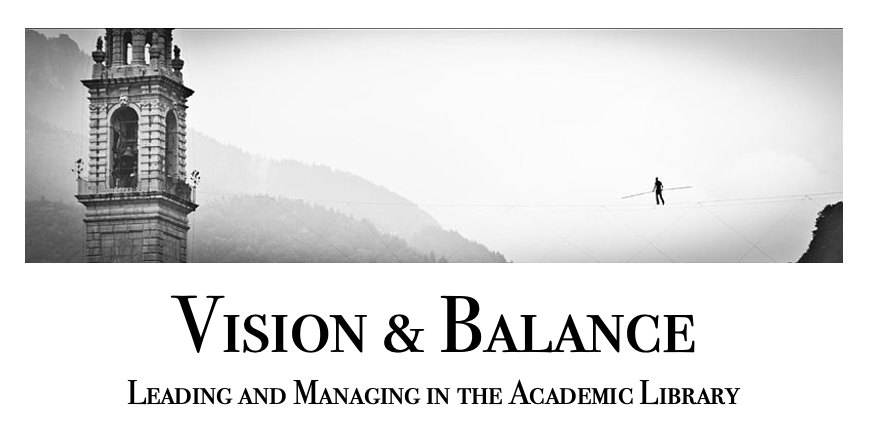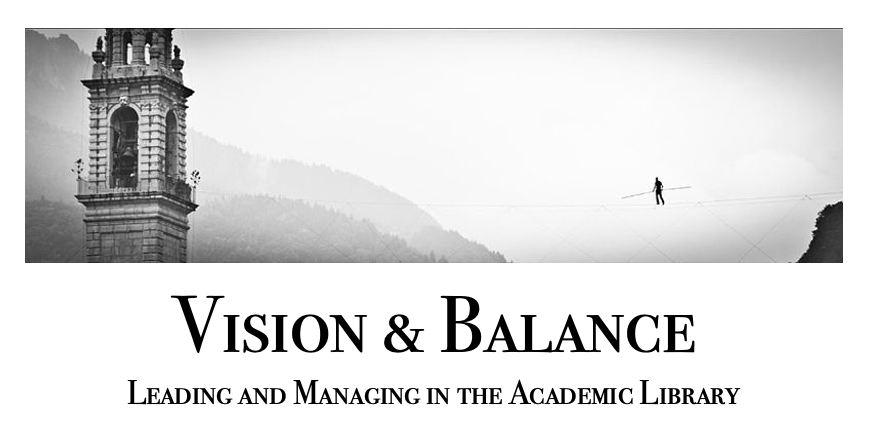Making Space for Minority Perspectives
If someone in your library has a view that differs from the majority view, is there a safe way for that person to express it – not without risk of disagreement, but with the expectation that she will be listened to and her perspective respectfully considered?

As a library leader, one of your most important jobs is to make space in your organization for the expression of minority perspectives. Of course, one complicating factor is that the term “minority perspectives” can mean so many different things. For example, it can mean:
- The viewpoints of people who are in a minority within the organization
- The viewpoints of people who represent minority groups in the larger society
- Views or opinions that are held by a minority of people in the library
Each of these dimensions of “minority”-ness can contribute to both the useful uniqueness of a person’s opinion or perspective, and to the difficulty that a person may face in expressing that opinion or perspective.
Of course, the fact that a viewpoint is in the minority does not, in itself, say anything one way or the other about the validity of that viewpoint. If you have a library employee who believes the earth is flat, that will almost certainly be a minority viewpoint in the library; does it deserve the same consideration as, say, that of a library employee who subscribes to the majority view that the earth is round? Similarly, most large organizations will contain a variety of views on topics related to the management of the organization, some of which will be held by the majority of employees and some of which will represent minority views of various kinds – all of which may conflict with each other. When deciding which viewpoint will prevail, in what ways and to what degree should the minority or majority nature of the viewpoint factor into the decision-making process?
